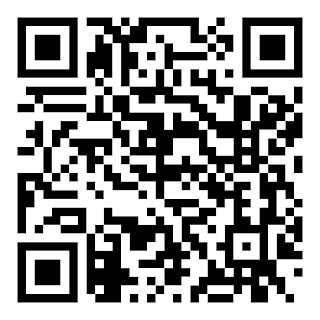Check out the project posting for STEM Night at McCall School here:
http://www.nationallabnetwork.org/projects/1103-stem-career-fair
Pages
Sunday, May 8, 2011
Saturday, April 30, 2011
Thursday, April 7, 2011
Baruch Blumberg, Nobel winner and recent speaker at McCall, dies at 85
By Stacey Burling and Andy Wallace
Inquirer Staff Writers
He collapsed after giving a speech at the International Lunar Research Park Exploratory Workshop being held at the NASA Ames Research Center, said his daughter Anne Blumberg. Her father, who was the director of the NASA Astrobiology Institute from 1999 to 2002, had been in good health and died of an apparent heart attack, according to NASA. "He was as busy last week as he was his whole life," his daughter said.
Dr. Blumberg, who had worked at Fox Chase Cancer Center since 1964 and still maintained an office there, discovered the hepatitis B virus and later helped develop a vaccine against it. The vaccine, which is now made in a different way, was approved by the FDA in 1981. Dr. Blumberg's work also allowed blood banks to screen for hepatitis B, a blood-borne virus. It can cause serious liver disease, liver cancer, and death.
"His vaccine and his research have saved hundreds of thousands of lives," said Ann Skalka, basic science director emerita at Fox Chase in Northeast Philadelphia.
Friends and family described him as an unusually curious, outgoing, funny, affable, and adventurous man who traveled widely and loved walking in his beloved Philadelphia. He had given up active research in recent years but still had the title of senior adviser to the president and CEO at Fox Chase and university professor at the University of Pennsylvania. At NASA, he had focused his formidable intellect on studying the possibility of life in space.
Dr. Blumberg, who was known as Barry, was also the current president of the American Philosophical Society, a Philadelphia-based learned society founded by Benjamin Franklin.
Dr. Blumberg traveled the world for his research and was particularly interested in Lewis and Clark's journals, which were part of the society's collection. He started a Lewis and Clark grant program to help young scholars do field research, Annie Westcott, director of meetings for the group, said.
Wednesday, April 6, 2011
Monday, March 21, 2011
Supermoon Astronomy Photographs
Supermoon
From Wikipedia, the free encyclopedia
Jump to: navigation, search
A perigee-syzygy of the Earth-Moon-Sun system or "supermoon" is a full or new moon that coincides with a close approach by the Moon to the Earth. The Moon's distance varies each month between approximately 357,000 kilometers (222,000 mi) and 406,000 km (252,000 mi) due to its elliptical orbit around the Earth (distances given are center-to-center).[1][2][3]Student submitted Supermoon Photos:
By Henry R. 7th Grade
By Keanne W. 7th Grade
By Qianyi Z. 7th Grade
By Xin L. 7th Grade
Tuesday, March 8, 2011
2010-2011 Carver Science Fair
I am patiently waiting as J. Dickie, An. Zheng, N. Huang, B. Mach, J. Davalos, Y. Liu, S. Khoa, J. Zhao, V. Russell, S. Tang, E. Liang, Ar. Zheng, and T. Smith are presenting to the judges. Good luck!
Sunday, February 20, 2011
Thursday, February 17, 2011
Final Report Template
Title of Project
(Cover Picture or Clip Art From the Internet)
By: Student Name
Abstract
250 word or less short summary of the hypothesis, materials & procedures, results, and conclusion
Question
The problem or question that you are asking to start the scientific process. Must be a testable question.
Variables
What is the one variable that you will be changing? What are variables that you will not be changing that will remain the same for all trials.
Hypothesis
The educated guess to answer your question.
Background Research
Includes all the research you did from your research plan
Materials
Listing of the materials needed for your project
Experimental Procedures
Can be copied from your science buddies project idea page
Data Analysis
Add a table or a graph with your numerical data. Label and include units.
Conclusion
Describe the results of your experiment in words and tell the reader if your hypothesis was correct or not.
Ideas For Further Investigation
What you would change if you did it again, or a new question?
Acknowledgments
People to thank for helping you
Bibliography
Five sources formatted in APA Format. See the link on www.mccallscience.com.
Subscribe to:
Posts (Atom)




















